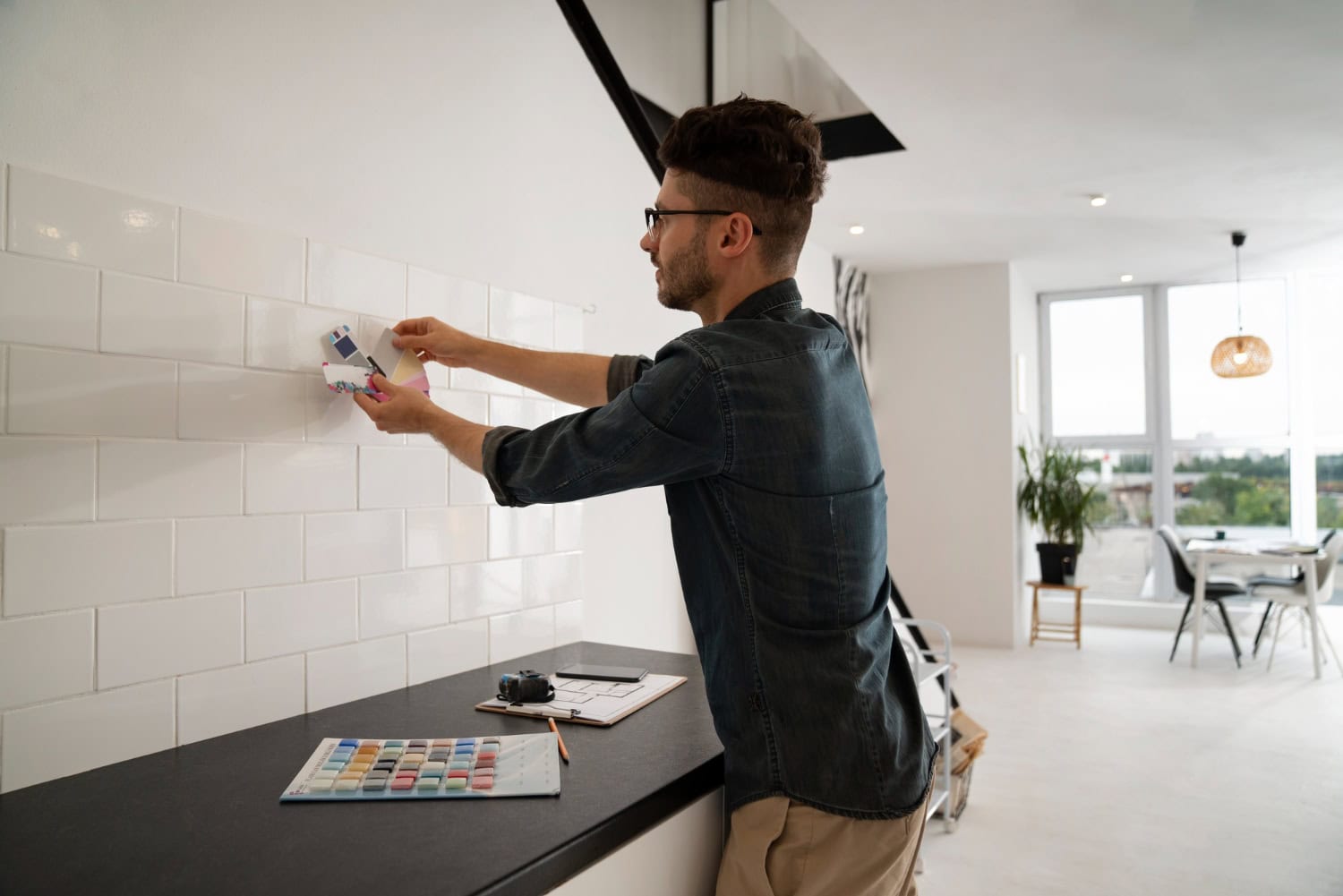The kitchen is often called the heart of the home, a space where creativity, comfort, and daily life blend together. One element that adds both function and flair to this essential area is the backsplash tile. Originally used to protect walls from splashes and stains, backsplash tiles have evolved into a key part of kitchen design, offering endless styles, patterns, and materials to choose from.
Whether you’re planning a full kitchen remodel or just want to give your cooking space a quick refresh, investing in kitchen backsplash tiles can transform the look and feel of your kitchen. From classic subway tiles to bold geometric prints, backsplashes are more than just protective surfaces; they’re an opportunity for personal expression.
The Purpose of a Kitchen Backsplash
At its core, a kitchen backsplash acts as a barrier between cooking messes and the wall behind your countertops or stove. Cooking oils, water splashes, and food spills can all damage paint or wallpaper over time. A backsplash is easy to clean and helps preserve the condition of your kitchen walls.
But modern kitchen backsplashes are about more than practicality. Today, they are used to add texture, color, and even personality to the kitchen space. In open-plan homes where the kitchen is visible from other areas, a well-chosen backsplash can tie in the overall home aesthetic beautifully.
Popular Materials for Backsplash Tiles
There’s no one-size-fits-all when it comes to backsplash materials. The ideal choice often depends on your kitchen’s style, budget, and how easy you want it to be to maintain. Here are some of the most popular options:
1. Ceramic and Porcelain Tiles
These are among the most common choices, and for good reason. They’re durable, easy to clean, and available in a wide range of styles and colors. Porcelain tiles are generally denser and more water-resistant than ceramic ones.
2. Glass Tiles
Glass adds a sleek, reflective quality to your backsplash. It’s perfect for small kitchens because it helps reflect light, making the space feel brighter and larger. Glass is non-porous and stain-resistant but may show fingerprints and smudges more easily.
3. Natural Stone
Stone materials like marble, slate, and travertine bring a luxurious and earthy feel. Each piece has unique veining and texture, giving your kitchen a one-of-a-kind appearance. Keep in mind, natural stone requires sealing to prevent stains and water damage.
4. Metal Tiles
For an industrial or modern look, stainless steel and copper backsplash tiles are a bold choice. They pair beautifully with contemporary kitchen appliances and give a high-end touch.
5. Peel-and-Stick Options
If you’re renting or working on a tight budget, peel-and-stick backsplash tiles can be an easy DIY solution. While not as durable as other options, they offer a temporary and cost-effective way to upgrade your kitchen’s look.
Color and Pattern Trends in Kitchen Backsplashes
Design trends continue to evolve, and backsplash tiles are no exception. Some of the current trends include:
- Bold colors: Deep blues, emerald greens, and even matte black are making appearances in modern kitchens.
- Geometric patterns: Hexagons, diamonds, and herringbone layouts create visual interest without being overwhelming.
- Textured surfaces: 3D tiles or handcrafted textures add depth and uniqueness.
- Full-height backsplashes: Instead of stopping halfway, tiles are now extended up to the ceiling or around windows for a more dramatic effect.
- Mix-and-match materials: Combining glass with metal or ceramic with stone is a creative way to add contrast and flair.
Considerations Before Choosing a Backsplash
Before selecting a tile, think about how the backsplash will interact with other kitchen elements:
- Countertop pairing: The tile should complement your countertop rather than compete with it. If you have a bold granite or quartz surface, a more subtle tile may work better.
- Cabinet color: Make sure the backsplash creates balance with your upper and lower cabinets.
- Grout color: The grout you choose can completely change the appearance of the tile. A matching grout gives a clean, seamless look, while a contrasting one can highlight the tile pattern.
- Cleaning and maintenance: Some materials require more care than others. If you cook often, choose something that is easy to wipe down and doesn’t stain easily.
Environmental and Budget Factors
Sustainability is becoming increasingly important in home renovations. Many tile manufacturers now offer eco-friendly options, such as recycled glass or low-emission materials. Additionally, look for local suppliers to reduce your carbon footprint and potentially lower shipping costs.
Budget is always a factor, but even with limited resources, it’s possible to create a stylish backsplash. Focus on using premium materials in small doses for instance, a mosaic tile feature behind the stove paired with basic tiles elsewhere.
Installation Options
Installing backsplash tiles can be a satisfying DIY project if you’re comfortable working with tile tools and adhesives. Peel-and-stick varieties are especially beginner-friendly. However, if you’re using expensive materials or creating complex patterns, professional installation might be worth the investment to ensure a polished finish.
Final Thoughts
Kitchen backsplash tiles combine form and function, protecting your kitchen while enhancing its visual appeal. With the right material, color, and layout, a backsplash can serve as a focal point that elevates the entire room. Whether you prefer a classic white subway tile or an artistic mosaic design, there’s a backsplash option to suit every taste and lifestyle.

